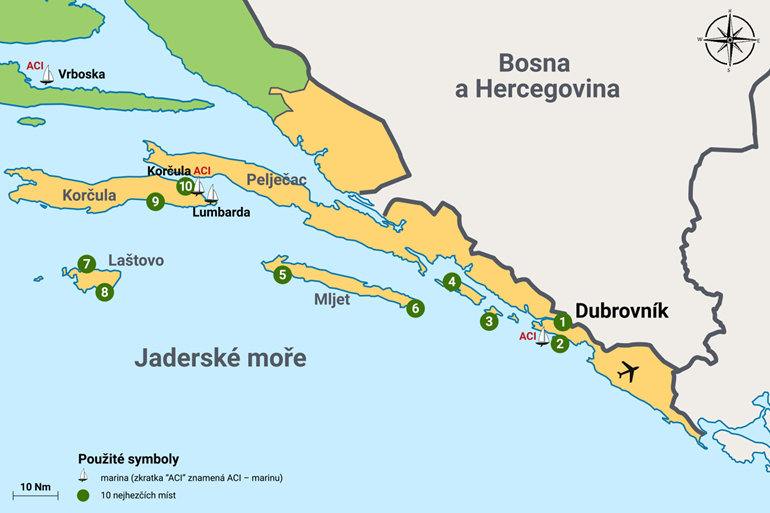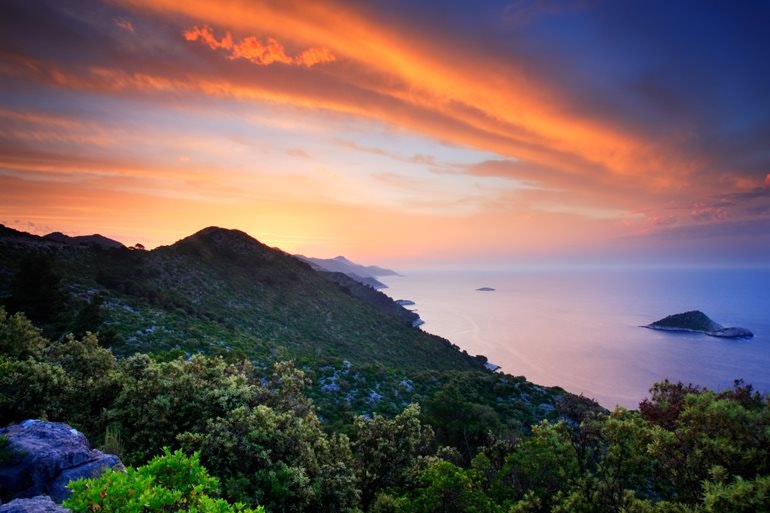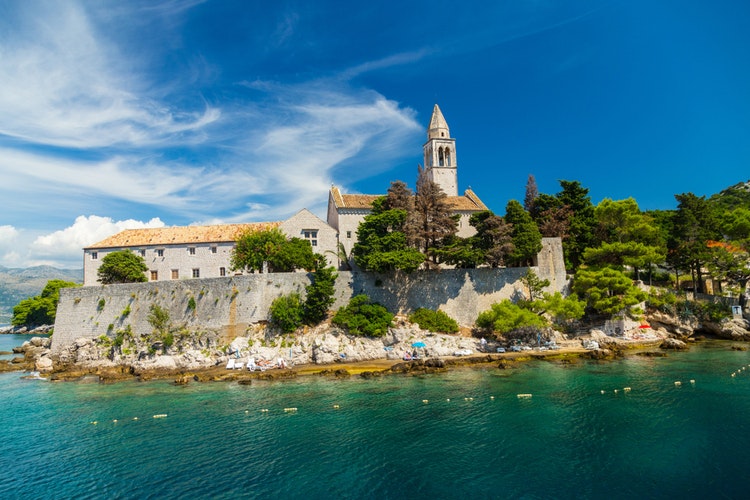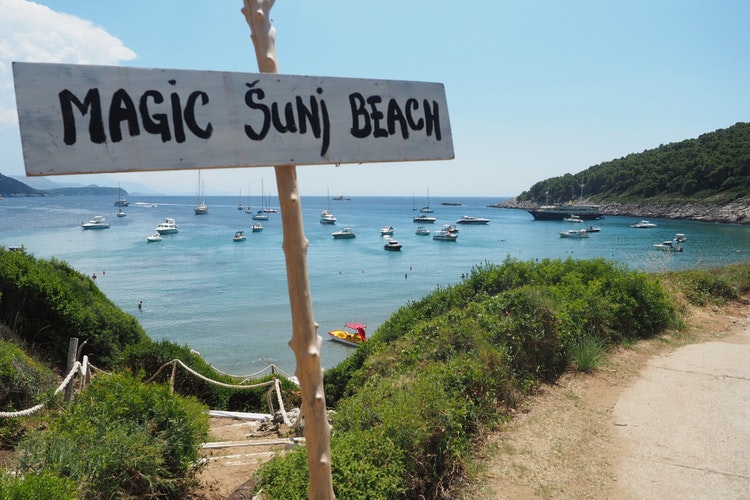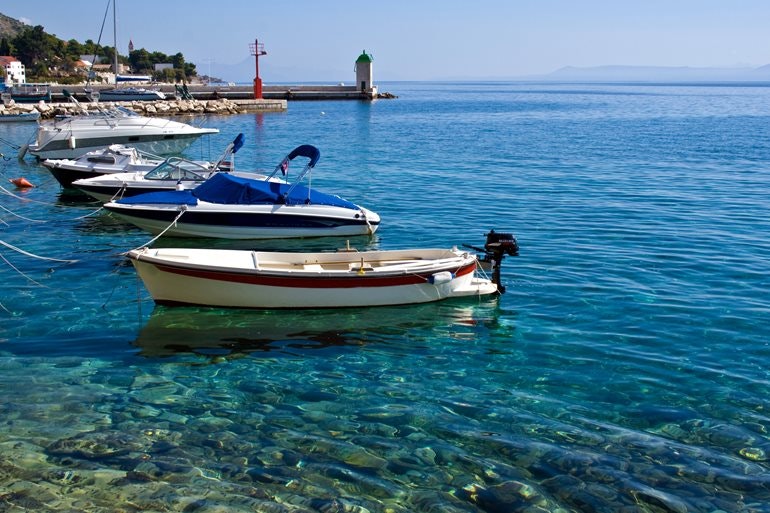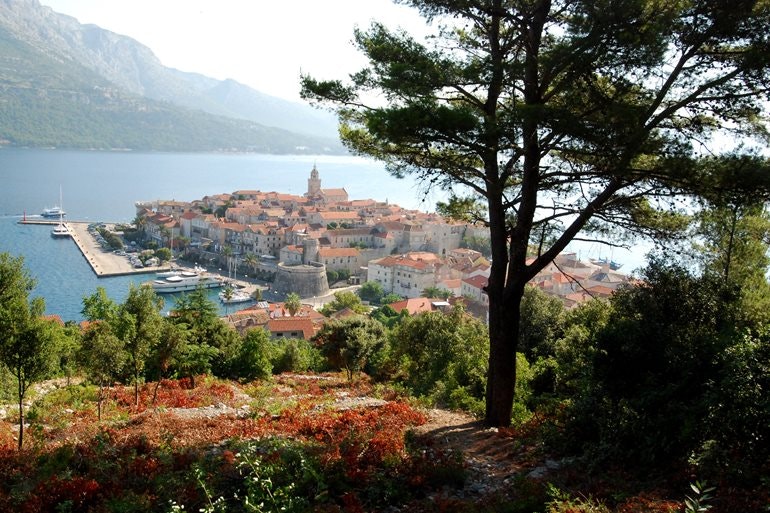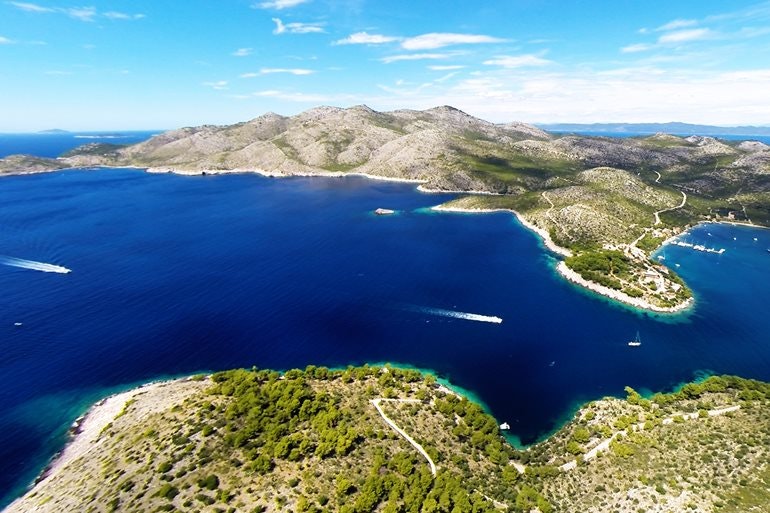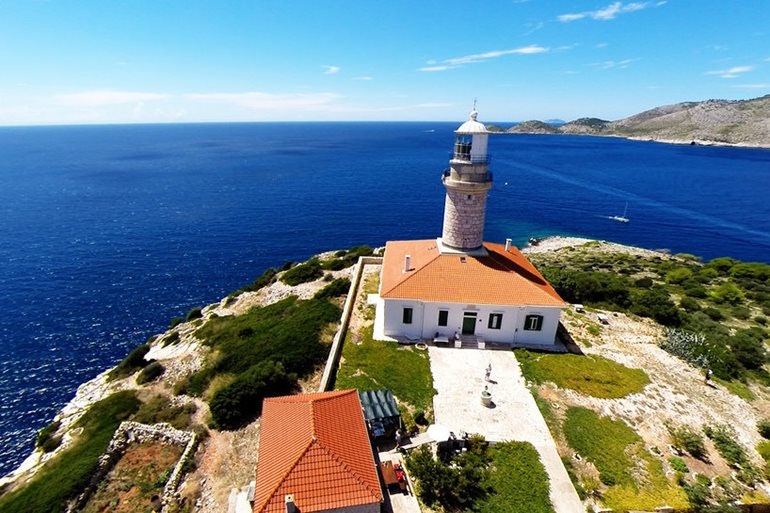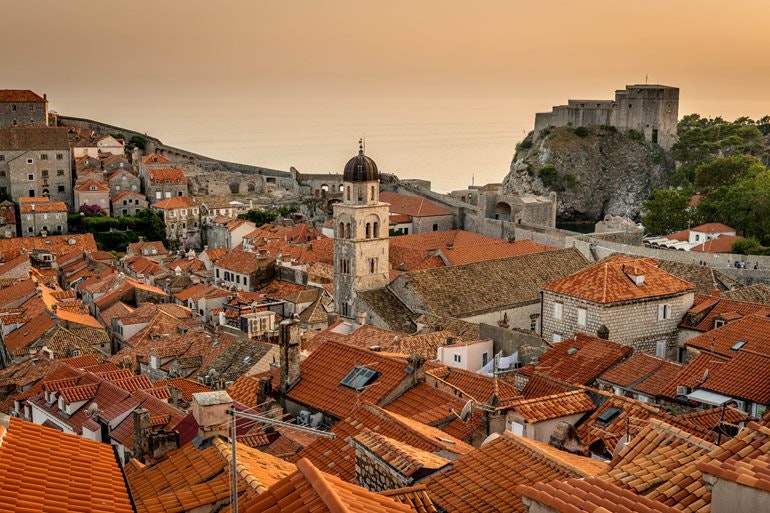The port town, which is considered Croatia's greatest jewel, will win over even the biggest opponent of historical monuments with its distinctive character. Since 1979, the town has been a UNESCO World Heritage Site.
Dubrovnik has been a centre of maritime trade for centuries. It flourished most in the 15th century, when it was one of the most important trading ports in Europe. During this period, Dubrovnik was also a great competitor to Venice. With its 300 merchant and warships and more than 4,000 sailors, it had the third largest fleet in the world. Ships with goods from all over the Mediterranean, Europe and the Far East landed here. Exports were mainly salt (salt mining was the largest source of income), wine, fish and olive oil.
A prestigious sailor's school was built next to the fortress of St. Lawrence. The seafaring trade is still popular here today and Dubrovnik women had to cope with their husbands being at sea much more than at home. Dubrovnik's oldest port, Kalarina, stood at the Lovrijenac fortress. There were also two arsenals in the town - large naval ships were repaired here. If you want to learn more about the life of Dubrovnik's sailors and their ships, visit the local seafaring museum. It is located a short walk from the old harbour (called Kaša) and there are several aquariums with marine fish.
The wealth and relative peace (the Turks paid a hefty fee for protection) created ideal conditions for the development of science, art and architecture. The city had a modern water and sewage system, quarantine service and infirmaries (they protected the city from epidemics and diseases, every traveller and sailor had to spend min. 40 days before entering the city), hospital, leprosarium, pharmacy (one of the oldest pharmacies in Europe - preserved to this day, monks made contraceptives from herbs here), several doctors and even a place for babies - the oldest babybox in history.
Fate has also dealt the city some heavy blows - a plague epidemic in the 14th century killed more than 7,000 inhabitants, the great earthquake of 1667, the civil war and the bombings of 1991-1992.
Nowadays Dubrovnik is a very popular and expensive tourist destination. It is rightly considered the most beautiful city on the Adriatic coast and will immediately win you over with its unmistakable atmosphere. The most dominant feature of the city is the roughly two-kilometre high walls with several defensive towers that protected the city from enemies.
Several majestic fortresses are also part of the protection system - the Fortress of St. John's Fortress, the Lovrijenac Fortress on the cliff, Bokar and Ravelin (the last three stand separately from the fortifications themselves, but have had a major influence on the protection of the city). Above the entrance gate of Lovrijenac Fortress stands the motto, so characteristic of Dubrovnik, "Non bene pro toto libertas venditur auro" - that is, "Freedom cannot be bought with all the gold in the world."The place has a ghostly atmosphere and every year theatre festivals are held here. The port of Lovrijenac is famous for the play Hamlet all over the world. The Buza Bar, located on a rock, offers a beautiful view of the sea, pleasant music and refreshments.
We recommend anchoring in the evening south of the entrance to the old harbour and entering it by boat early in the morning (you can also arrive in the harbour with a sailboat, but it is not allowed, so you will be kicked off the pier at 9 o'clock at the latest). The best time to visit is early in the morning around 6-7am when the city is waking up. There are no tourists anywhere, fruit and vegetable markets are descending, the streets are being cleaned and everywhere is wonderfully quiet. The first cafes start to open, you can have a coffee and enjoy the atmosphere of the empty city. This early the city gates are closed to tourists, so you will only meet locals. The old town is truly unique.
The town centre is intertwined with narrow, rather steep stone streets where cafes with gardens, restaurants, galleries, various shops and souvenir shops are squeezed in. We recommend the Clara Stones shop, where you can buy beautiful jewellery made from real coral and learn about coral processing. The local colour is the ubiquitous linen that hangs from cords strung on pulleys between the windows. It adds colour and life to the austere stone walls.
The main entrance to the town is the western double Pila Gate. A stone bridge over a moat and a wooden drawbridge (still functional) lead to the gate. From the outer gate there are steps down to the inner gate, which is part of the main city wall. The castle moat has been converted into a park where beautiful pink oleanders are in bloom. On the other side of the town is the eastern Ploče Gate (the Gate of Ploče).
Dubrovnik Marina
- ACI marina Miho Pracat offers 425 berths on the water, water and electricity hook-up, showers and toilets, WIFI, technical service and several shops with yachting equipment. There is also an outdoor swimming pool, children's playground, dive centre, laundry, well-stocked supermarket, taxi rank and petrol station. There are several cafes and restaurants on the waterfront (we recommend the Vimbula restaurant if you want to eat near the marina, or the excellent Bonaca konoba - about 1 km from the marina). The average price for a berth is 123 EUR (for a boat length of 44 feet). There is a regular bus service from the marina to the old town.
- Marina Gruž - a small marina offering 40 berths with water and electricity connection. There are no meringues here yet! It is necessary to stand at anchor. It is expensive for small boats (boats up to 25 meters pay 120 EUR, water and electricity are not included). There are showers and toilets on the quay, an ATM and a grocery store. If you want to eat near the marina, we recommend the Amfora restaurant (excellent food, but quite expensive, a short walk from the marina), Porat Bar & Grill (steak house, grill, specialties), Otto Tavern.
- The harbour of the old town - it is busy, tourist sailing boats are not allowed to anchor here.

